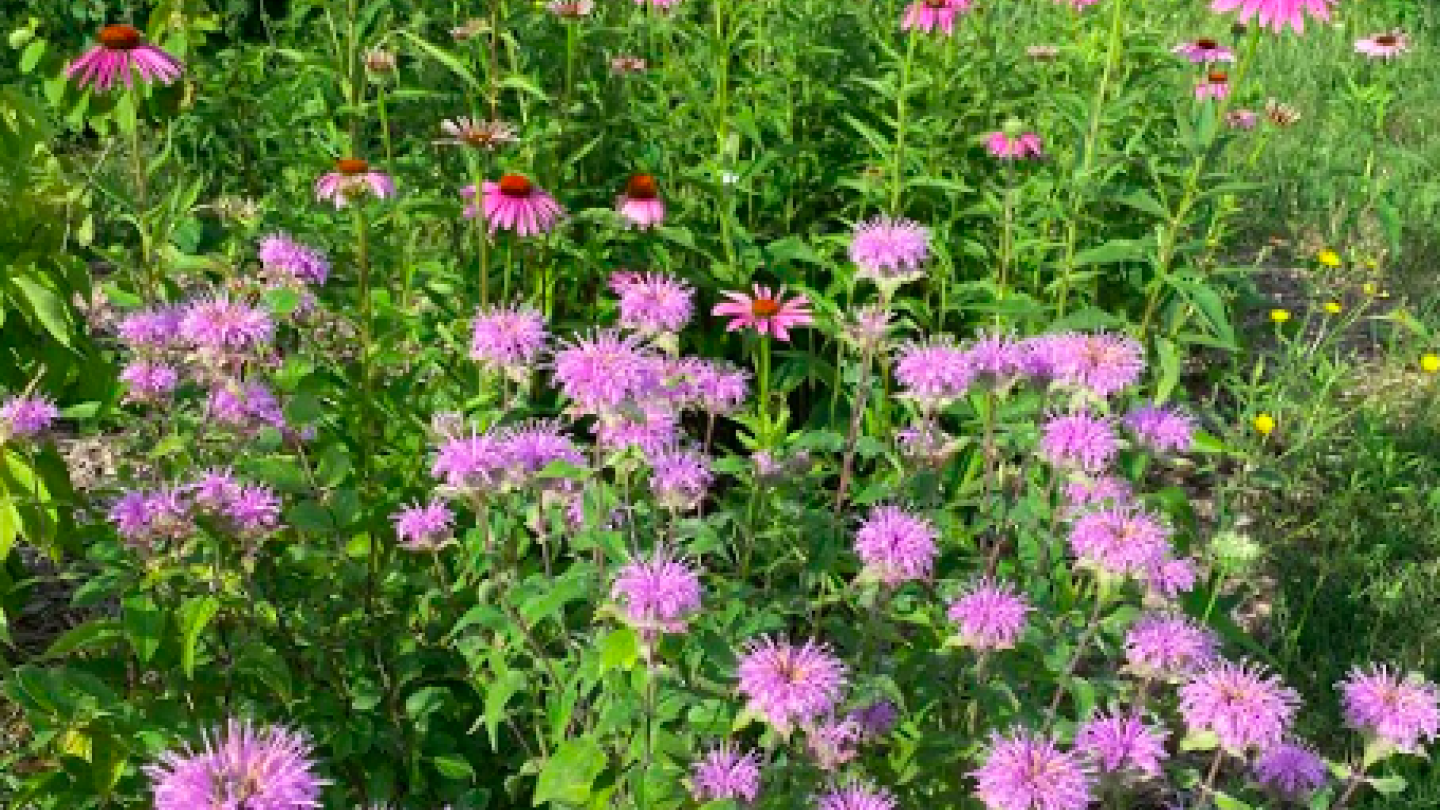Using permaculture principles and techniques, the Permaculture Living Lab (PLL) mimics natural systems to create a thoughtfully designed landscape which maximizes beneficial interactions among plant, insect and animal species. This lab functions a lot like a forest, and in fact, permaculture techniques are often used to create "edible forest landscapes."

The PLL is located on the Lee Hall Quad, between Lee Hall, Wilber Hall and the Shineman Center. Students, faculty, staff and community members are collaborating to create a natural, productive learning space. The laboratory acts as a dynamic landscape for all visitors to observe, interact with, and influence ecological processes. Upon maturity, the garden will provide community members with an abundance of nutrient-rich, organic food.
Experts in beyond-sustainable living, including students, faculty and local and international community members, are invited to come together in the PLL to share their knowledge of hands-on skills and techniques. The lab is a place to research, practice, and perfect these skills, a place to cultivate beauty and root the SUNY Oswego community in its own unique landscape.








